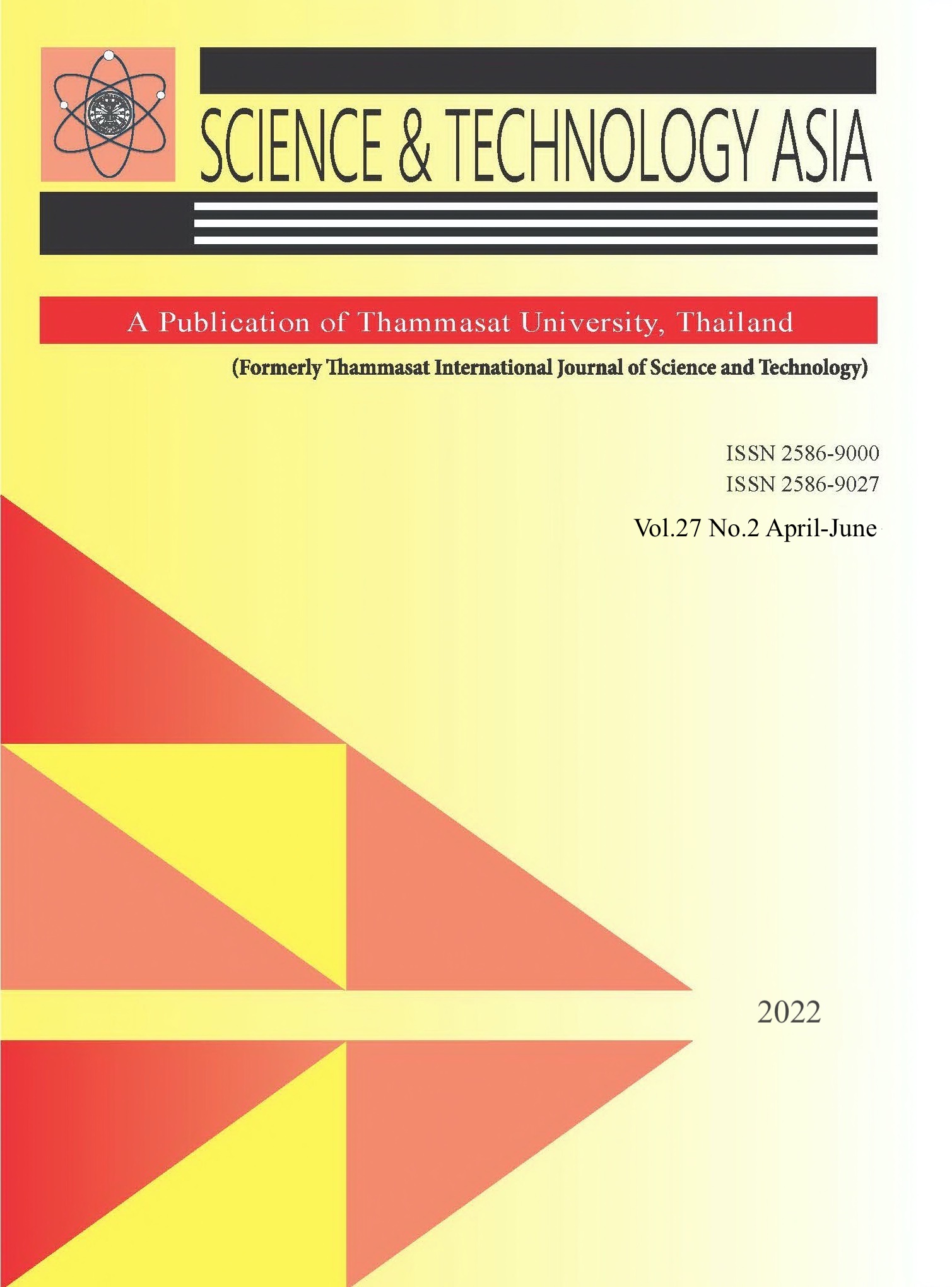Influence of Natural Rubber Latex on Carbonation of Calcined Clay-based Geopolymer Concrete
Main Article Content
Abstract
Generally, the geopolymer concrete shows much less amount of workability as compared to traditional cement concrete of the same grade. People are using chemical superplasticizers on the higher side of the prescribed percentage range, to improve the workability of geopolymer concrete. But chemical superplasticizers, available in the local market are hazardous and highly expensive. Also, a high dose of chemical superplasticizer prolongs the setting time of concrete and cannot be remolded easily at the stipulated time. Poly Carboxylate Easter-based admixture creates bleeding initially and later makes the mix stick which creates a honeycomb. In this research, rubber latex was used as an admixture in cement concrete as well as calcined clay-based geopolymer concrete up to 2% of cementitious material, and carbonation depths were measured. Other tests, such as Ultrasonic Pulse Velocity (UPV), Bulk Electrical Resistivity (ER), TGA and tests for major constituents’ solubility were conducted on various mixes of cement and geopolymer concrete. It was found that the higher dose of rubber latex provides a coating on cementitious material as well as the surface of the concrete structure. Hence, the resistance against diffusion of carbon dioxide gas comparatively increased when high dose rubber latex was used as an admixture. The carbonic service life periods for both cement and geopolymer concrete mixes were calculated and it was found that the carbonic service life period doubled when 2% of rubber latex was used as an admixture. A mathematical co-relation has been developed between UPV, ER and the diffusion coefficient of carbon dioxide.
Article Details

This work is licensed under a Creative Commons Attribution-NonCommercial-NoDerivatives 4.0 International License.


